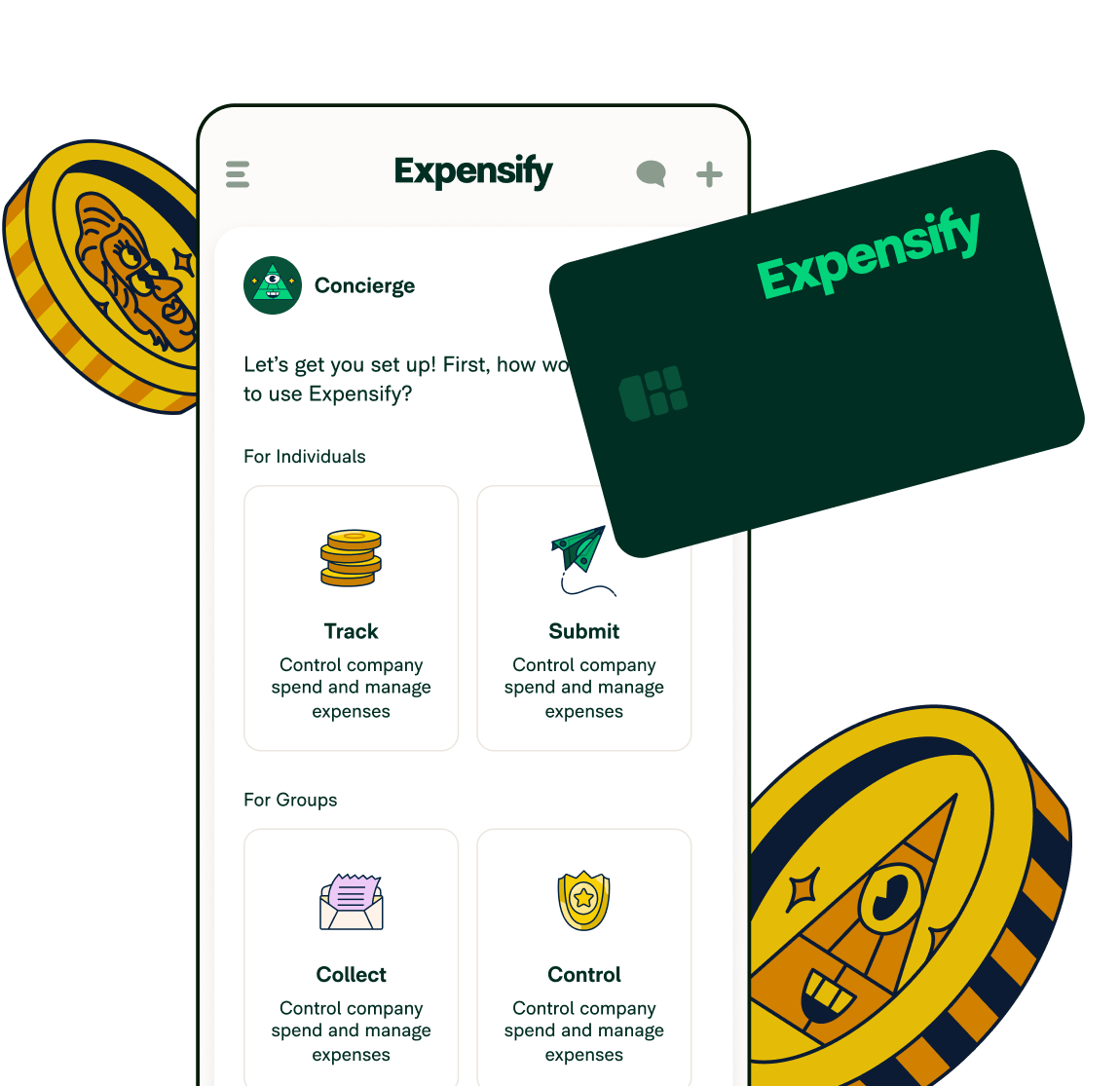Savings calculator: find out how you can get paid to use Expensify

Expensify goes far beyond typical business tools, offering not only premium expense management but also a unique earning potential. With the Expensify Visa® Commercial Card, you get up to 2% cash back (dependent on level of spend) to help offset your Expensify bill. And once your bill’s paid off, the remaining cash gets dropped directly into your bank account.
Who knew business expenses could be so rewarding?
Find out your cash back earning potential
Use the calculator below to estimate how much you might save with the Expensify Card, how much you could earn with cash back, and how much your total bill could be based on your usage estimates.
Calculate your savings
To determine the monthly estimated cost of your Expensify subscription, please provide the following:

We pay you to use the Expensify Card
That’s right! Our card gives you 1% cash back on every swipe (applies to US purchases only) and 2% cash back if you meet spending requirements. Plus, it offers additional perks, like 50% savings on Expensify, revenue sharing for accountants, and more. This blend of cash back and rewards can help you save and manage money — a total win-win.




